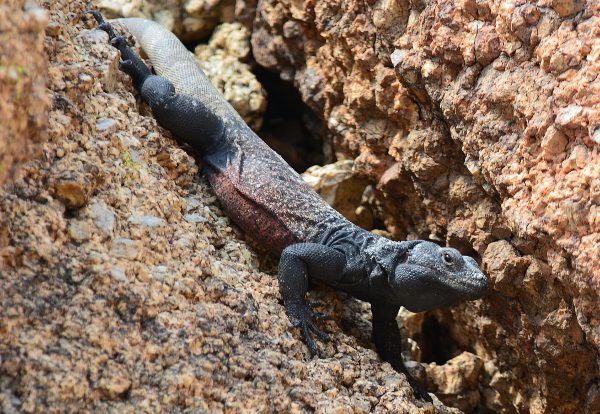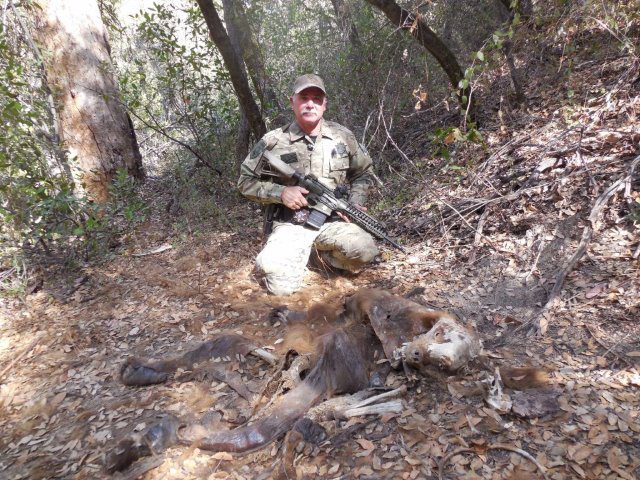Tag: California Department of Fish and Game
July 12, 2019
When the Outdoor Writers Association of California chose Siskiyou County as the site for this spring’s writers conference, I couldn’t have been more pleased. I’ve…
January 7, 2017
“That’s strange,” said Berg, pulling to a stop and reaching for his binoculars. “What’s that fancy new car doing out here in the middle of…
December 6, 2015
“I’m waiting,” taunted Darrell, his threatening mug now two inches from my face. My stomach churned and my heart pounded furiously as adrenaline coursed through…
July 21, 2015
One of the more disheartening, sometimes discouraging, aspects of a wildlife officer’s job is dealing with injured, orphaned, or imprinted wildlife that cannot be released…
April 19, 2015
Just after daylight in September 2014, four California Department of Fish and Wildlife officers and four Nevada County Sheriff’s deputies quietly locked their vehicles and…





